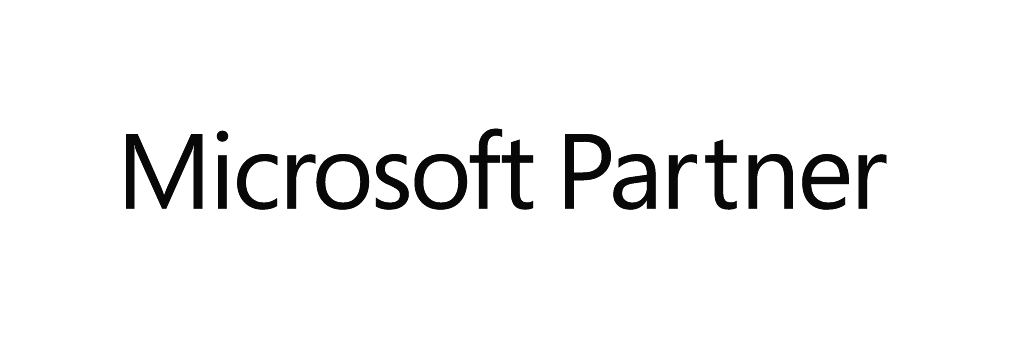This study was written by Justin Shapiro, Charlotte Axelrod, Ben B. Levy, Abi Sriharan, Onil K. Bhattacharyya and David R. Urbach for CMAJ OPEN. Published August 30, 2022. To access the original study, click here.
Abstract
Background: The COVID-19 pandemic has exacerbated pre-existing challenges with respect to access to elective surgery across Canada, and a single-entry model (SEM) approach has been proposed as an equitable and efficient method to help manage the backlog. With Ontario’s recent investment in centralized surgical wait-list management, we sought to understand the views of health system leaders on the role of SEMs in managing the elective surgery backlog.
Methods: We used the qualitative method of interpretive description to explore participant perspectives and identify practical strategies for policy-makers, administrators and clinical leaders. We conducted semistructured interviews with health system leaders from across Ontario on Zoom between March and June 2021. We used snowball and purposive sampling. Inclusion criteria included Ontario health care leaders, fluent in English or French, in positions relevant to managing the elective surgery backlog. Exclusion criteria were individuals who work outside Ontario, or do not hold relevant roles.
Results: Our interviews with 10 health system leaders — including hospital chief executive officers, surgeons, administrators and policy experts — resulted in 5 emergent domains: perceptions of the backlog, operationalizing and financing SEMs, barriers, facilitators, and equity and patient factors. All participants emphasized the need for clinical leaders to champion SEMs and the utility of SEMs in managing wait-lists for high-volume, low-acuity, low-complexity and low-variation surgeries.
Interpretation: Although SEMs are no panacea, the participants in our study stated that they believe SEMs can improve quality and reduce variability in wait times when SEMs are designed to address local needs and are implemented with buy-in from champions. Health care leaders should consider SEMs for improving surgical backlog management in their local jurisdictions.
COVID-19 has overwhelmed many health systems that were already having difficulty meeting public need before the pandemic.1 One of the areas most affected in Canada has been the backlog in elective surgeries. 2 In Canada, “elective” refers to any surgery that is scheduled in advance. Although less time sensitive than emergency procedures, many elective surgeries are nevertheless essential to prevent or delay death or disability.3,4 Before the pandemic, across Canada there were long elective surgery wait times, which were exacerbated as provincial governments instructed hospitals to pause elective procedures.5 In Ontario, elective surgeries were paused between March and May 2020 and then again between April and May 2021, to preserve capacity for patients with COVID-19. By September 2021, this had affected more than 419 000 surgeries and 2.5 million diagnostic tests.6,7
Experts agree that addressing surgical backlogs is logistically complex and cannot be solved solely by spending more money.8–10 A single-entry model (SEM) approach has been proposed as one equitable and efficient method for managing the backlog.10–13 Also known as central intake models, SEMs are informed by queuing theory and are commonly employed in diverse industries.11,12 They improve flow and distribution of patients through the health care system by placing patients in a queue to see the first available surgeon.12
Over the past decade, SEMs have been increasingly promoted in Canada.12–14 In 2014, the Canadian Medical Association endorsed SEMs for improving wait times and referral management.12–15 Most recently, Ontario’s investment in centralized surgical wait-list management will enable the development of SEMs.15 Although these funds have been allocated, it is unclear how they will be distributed to maximize impact and effectiveness. Few studies have evaluated SEMs in Canada, and most focus on nonsurgical procedures.13,14,16 We currently lack an understanding of stakeholders’ perceptions of SEMs and their potential funding structure. Without these perspectives, we risk investing financial and political capital into a framework that may fail before it begins. There is resistance to change in health care, and it is unclear how SEMs should be implemented and managed.12,14 We therefore sought to evaluate the views of health system leaders on the role of SEMs in managing the elective surgery backlog.



